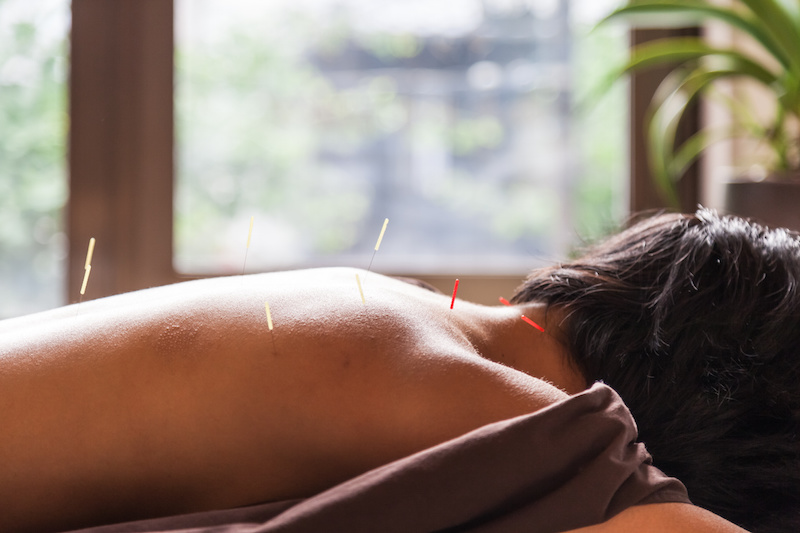illnesses. But, what type of complaints can acupuncture treat? Let us take a closer look.
What type of illnesses can acupuncture treat?
Acupuncture can help with a range of discomforts and some diseases.
- Relief from nausea and vomiting resulting from chemotherapy
- Headaches (migraine, tension headaches etc)
- Lower back pain
- Osteoarthritis
- Menstrual pain
- Dental pain
- Neck pain
What to expect during acupuncture therapy?
Your acupuncturist will insert incredibly thin needles into specific parts of your body during treatment.
But, first he or she will do an initial evaluation to determine the type of treatment you need. Generally,
initial evaluation and treatment takes about an hour. Subsequently, you would only need about half an
hour for follow up treatment. While the number of sessions will depend on your condition, it is common
to receive about six treatments.
What happens during acupuncture procedure?
There are three stages to acupuncture treatment.
Needle insertion – You can expect a mild aching sensation during needle insertion. These needles are so
thin that you won’t feel much discomfort. They usually use about 5 to 20 needles during a session.
Needle manipulation – Your acupuncturist will gently move the needles, and sometimes apply heat to
those.
Needle removal – The needles will remain in your body for around 20 minutes. And, they just ask you to
relax during the time. There is no pain involved in needle removal.
What to expect after the acupuncture procedure?
Some people feel energized after treatment, while others feel relaxed. You can expect results within a
few weeks of treatment. You could however expect minor bleeding or soreness. Other than that, there
are no real side effects to acupuncture. Hence, it is worth a try if you have trouble with pain.
What are the risks of acupuncture?
If you choose a certified, competent practitioner, risks of acupuncture are low. Practitioners use single-
use, disposable needles for treatment, and the procedure is safe.

